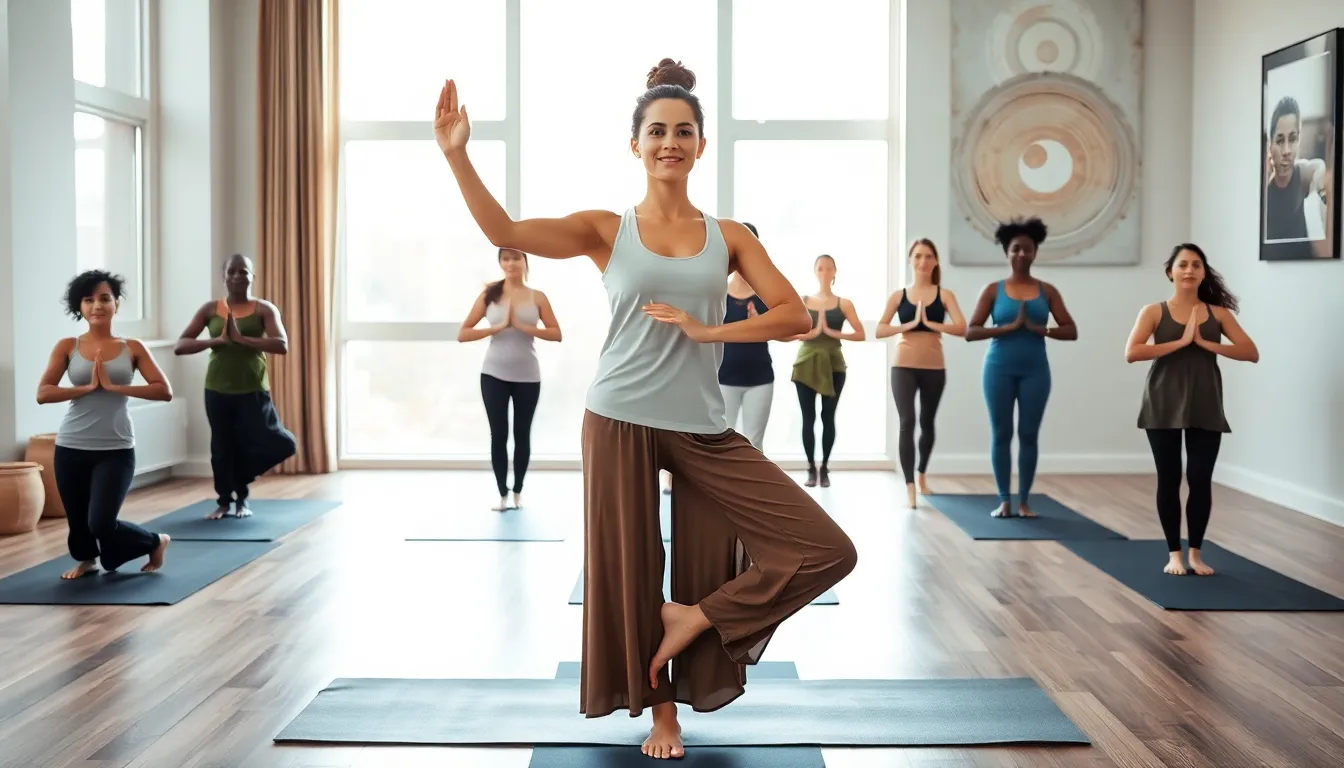Table of Contents
ToggleIf you think yoga is just about striking poses and sipping green smoothies, think again. Zeirakundalini is like the secret sauce of the spiritual world, packed with energy, transformation, and a sprinkle of mystique. It’s not just an exercise routine: it’s a profound journey into the self. So buckle up, because we’re diving deep into this fascinating fusion of ancient wisdom and modern practice. Let’s uncover the secrets behind Zeirakundalini and how it can ignite your spiritual journey.
Zeirakundalini

Historical Context and Origins
Zeirakundalini emerges from a rich tapestry of spiritual traditions, drawing inspiration from Hindu Kundalini practices yet introducing a unique lens. Originating in the early 21st century, it sought to synthesize esoteric philosophies with contemporary psychology. Practitioners aim to awaken dormant energies, accessing a higher consciousness.
Core Principles and Concepts
At the heart of Zeirakundalini lies a deep respect for energy and its movement throughout the body. The practice emphasizes awareness and intentionality, guiding individuals to channel energy through their chakras, or energy centers. Practitioners are encouraged to cultivate a sense of balance, harmony, and self-awareness.
The Role of Energy in Zeirakundalini Practice
Techniques for Practicing Zeirakundalini
To effectively practice Zeirakundalini, individuals use various techniques. First, they focus on grounding themselves in the moment, using breath awareness as a tool for connection. Later, practitioners might explore dynamic movements that help awaken energy flow. Emphasis is placed on both fluidity and control, creating a dance of energy within.
Meditation and Visualization Methods
Meditation serves as a cornerstone. In Zeirakundalini, visualizations often direct energy through the body’s chakras. Participants might visualize light flowing to each energy center, allowing the energy to clear blockages and promote well-being. These meditative practices not only enhance focus but also deepen the practitioner’s connection to their inner self.
Physical Exercises and Breathwork
Physical exercises in Zeirakundalini blend yoga postures with energetic movements. Breathwork is essential here, as practitioners engage in specific techniques designed to elevate energy levels. Techniques like diaphragmatic breathing or alternate nostril breathing can increase vitality and clarity. The combination of movement, breath, and energy creates a holistic experience that revitalizes the body.
The Benefits of Zeirakundalini
Psychological and Emotional Benefits
Engaging with Zeirakundalini can lead to profound psychological transformation. Many practitioners report decreased anxiety and enhanced emotional balance. This practice fosters self-acceptance, allowing individuals to confront and embrace their emotions. The journey often leads to greater clarity, resulting in improved decision-making and a more positive outlook on life.
Physical Health Improvements
Notably, the physical benefits are impressive. Regular practice can lead to increased flexibility, strength, and stamina. Participants often experience improved posture and reduced physical tension. Besides, the energy flow stimulated during practice aids in detoxification processes, contributing to overall health.
Spiritual Growth and Awareness
Delving into Zeirakundalini inevitably promotes spiritual growth. As practitioners engage with their energy, they begin to experience heightened awareness of their surroundings and inner self. This spiritual journey can lead to moments of profound insight. Individuals may find themselves questioning old beliefs, opening the door to new philosophies and worldviews. Engaging with Zeirakundalini invites individuals to embrace a more expansive way of living.
Challenges and Misconceptions
Even though its allure, many face misconceptions about Zeirakundalini. One common myth is that it requires a specific level of physical fitness. In truth, Zeirakundalini is accessible to everyone, regardless of fitness level. Another challenge arises from the integration of energetic work, which can overwhelm some individuals. Encouraging a gradual approach is crucial, allowing practitioners to build confidence and deepen their practice over time.




